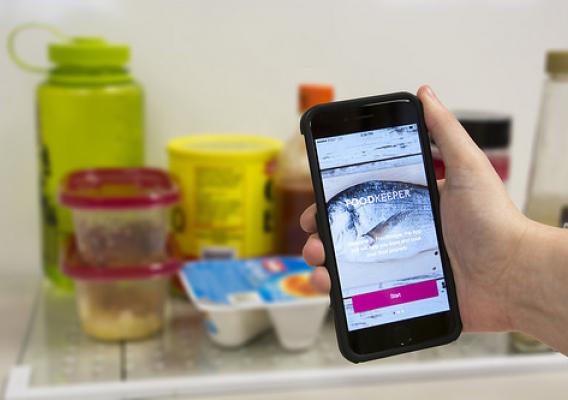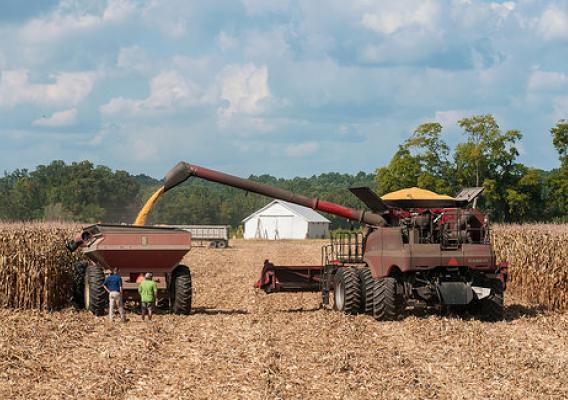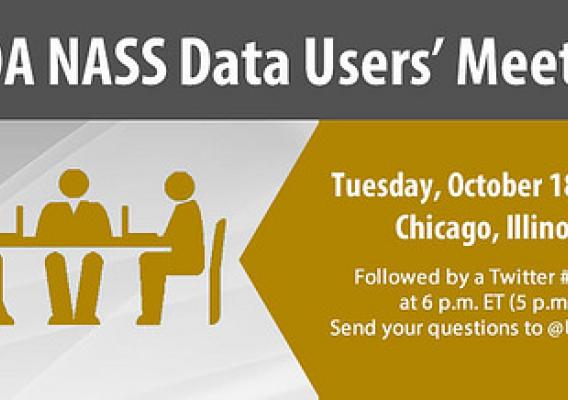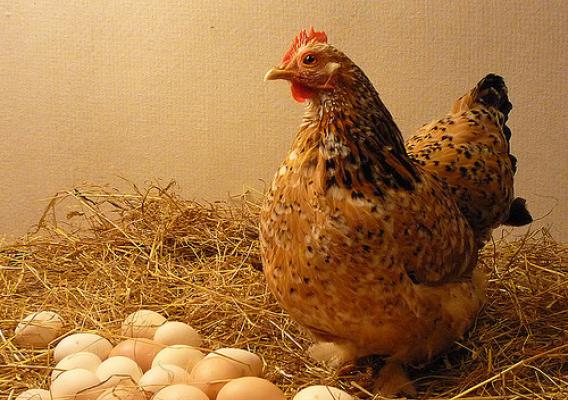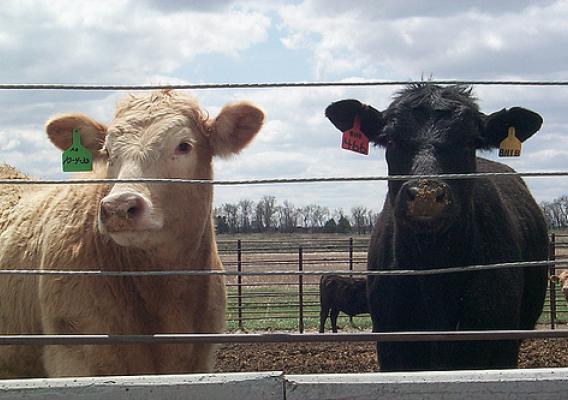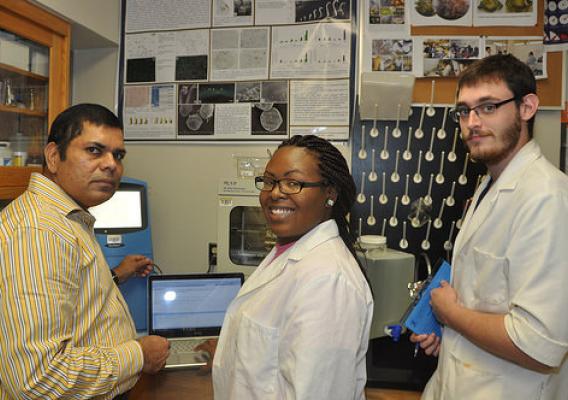We are entering a new era of information openness and transparency. Open data has the potential to spur economic innovation and social transformation. Focusing just on economic impacts, in 2013, for example, the consulting firm McKinsey estimated the possible global value of open data to be over $3 trillion per year. A study commissioned by Omidyar Network has likewise calculated that open data could result in an extra $13 trillion over five years in the output of G20 nations.
These impacts illustrate why it is important that we encourage people of every age to invest in science, technology, engineering, and math (STEM) education. For example, the White House initiative on Equal Futures Partnership, aims to open more doors to high-quality education and high-paying career opportunities for women and girls in the STEM disciplines, fields in which they are currently underrepresented. To support this effort, Federal science and technology agencies, private corporations, and academic institutions are taking steps to collect better data on women and girls in STEM fields, expand STEM mentoring opportunities, encourage research-driven teaching practices, and increase access to online STEM-skill training.



